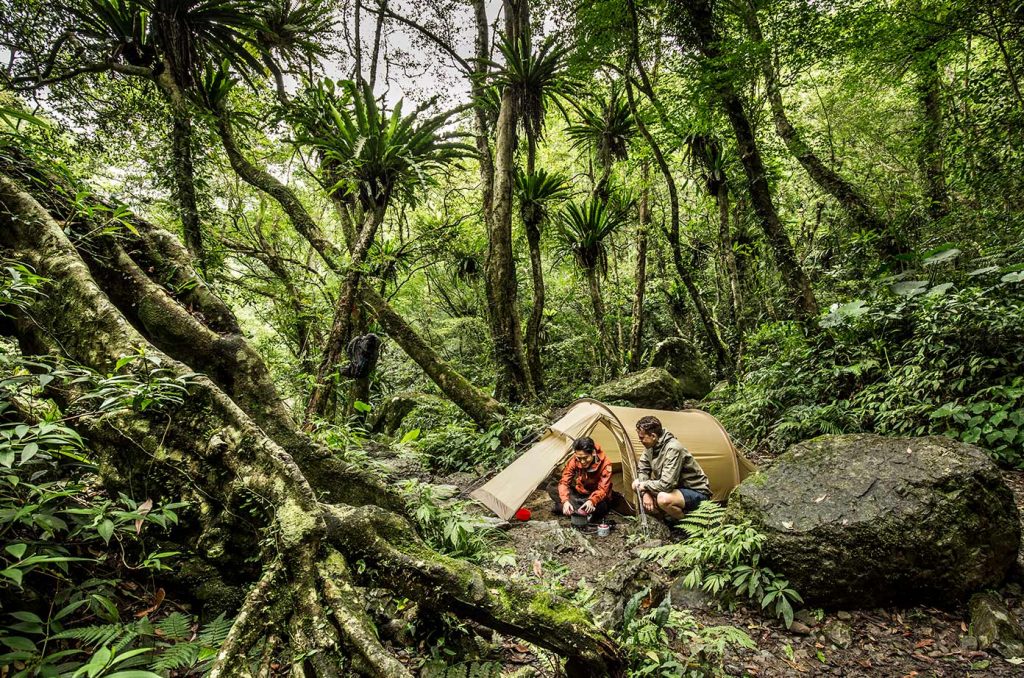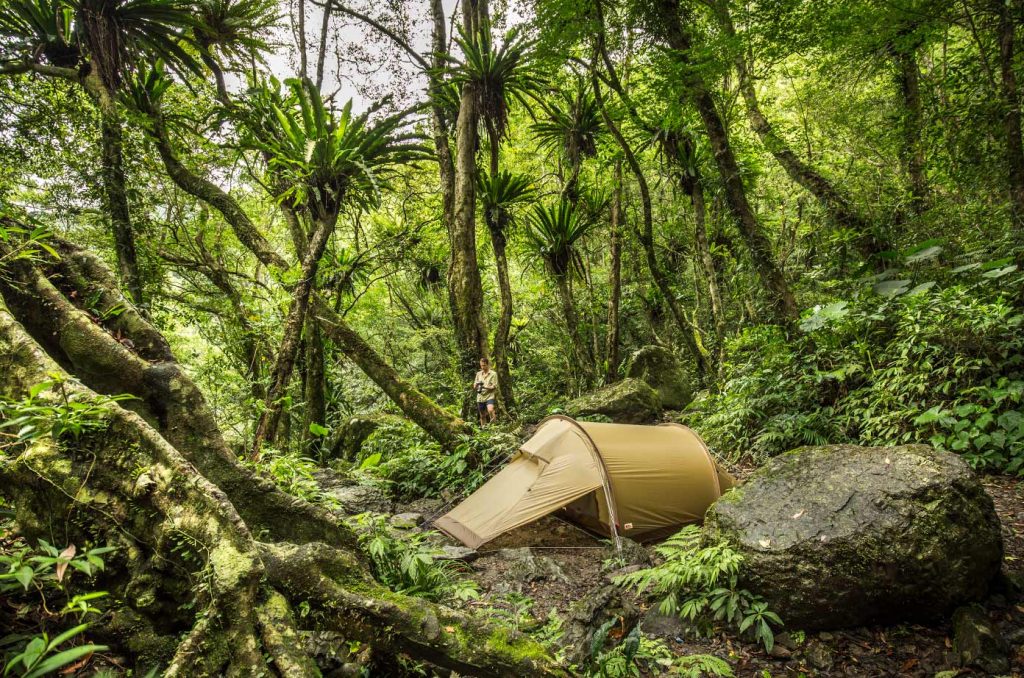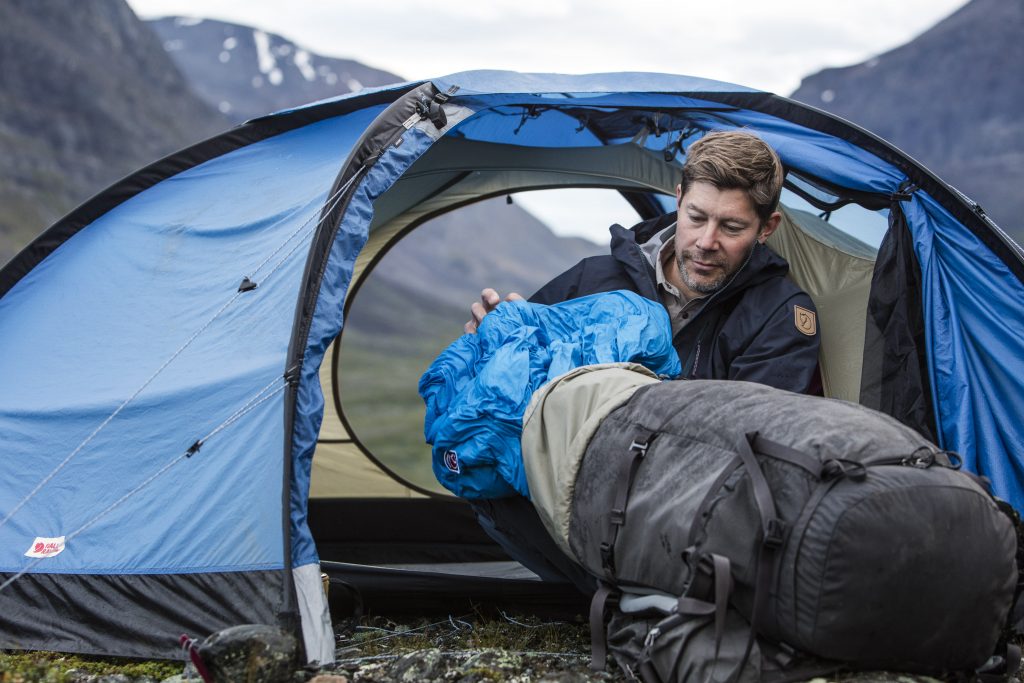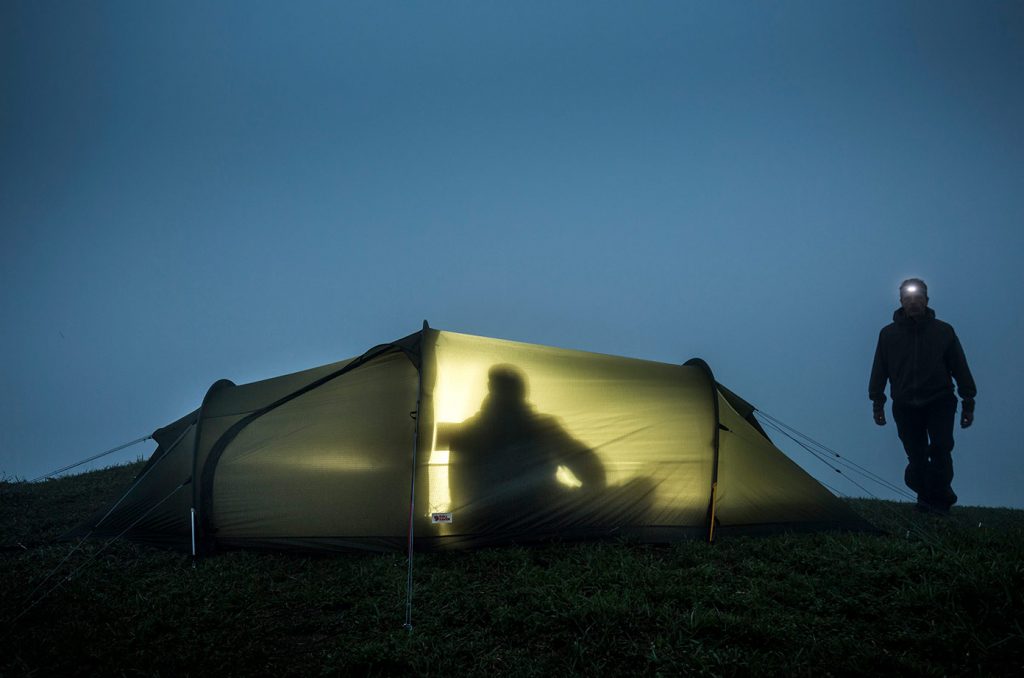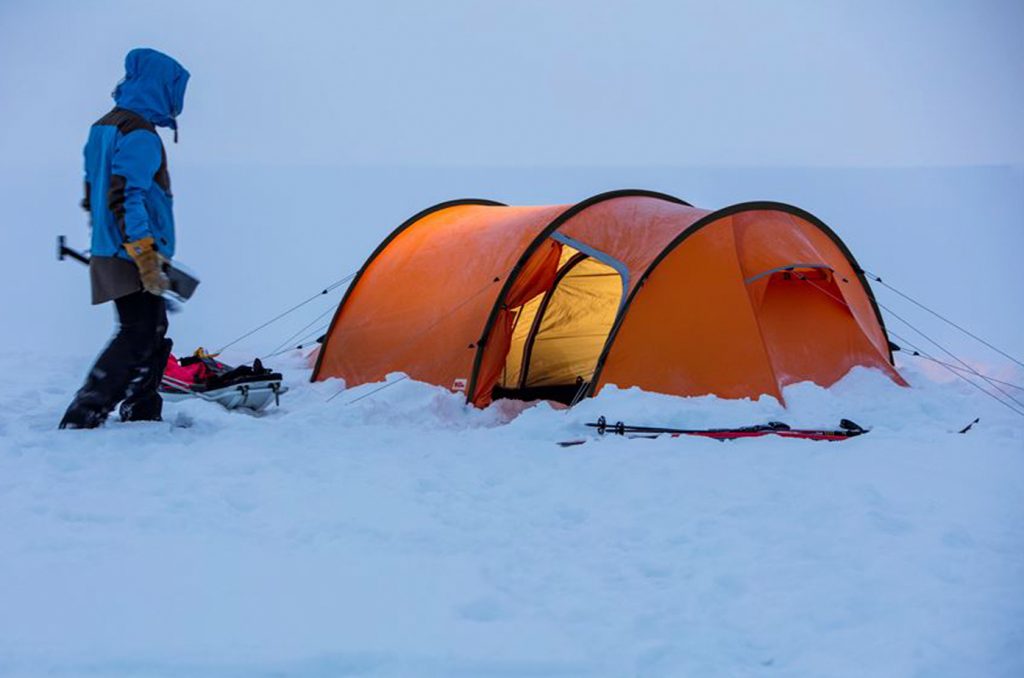The right tent makes all the difference
Nothing beats waking up after a good night’s sleep in the outdoors. But does it matter which tent you choose? It certainly does.

Choosing the exact right tent for you is an interesting process. It forces you to take quite a lot of things into consideration; for example, will you use your tent only for waking up on warm summer mornings by the lake? Or will you also need it to protect you from adverse weather conditions up in the mountains? Or both? How important is low weight? How important is high endurance? And do you care about how the tent was made.
Admittedly, those questions might feel overwhelming at first, but taking the time to answer them really is worth it. Your tent should have a long lifespan and serve you well for many, many outdoor experiences. So choosing the right tent from the start and caring for it properly means you won’t need to go tent shopping again for many years, maybe never again. And it’s also one of the most important aspects of sustainability a tent can have, and a factor that you can influence by choosing a quality tent from the beginning.
The Fjällräven tent
Creating tents that can potentially last a lifetime, (i.e. tents you’ll want to use over and over and that can handle the wear and tear year after year) with minimum impact on the environment in the production process has become a trademark of Fjällräven. The outer fabric of each tent – a Ripstop nylon* – is treated on both sides with a total of four layers of silicon for excellent durability and a longer lifespan.
The inner tent fabric is impregnated with a water resistant treatment that is totally free from toxic fluorocarbons, and they don’t use flame-retardants or PVC plastic in the production process. This means that no harmful chemicals or hormone-damaging substances are released into the environment during the production of our tents.
The tent poles come from world-leading manufacturer DAC, a supplier that has minimising environmental impact high on their agenda regarding the production of aluminium. DAC’s production plant has the best possible levels of resource use, chemical handling, and emissions.
Choices, choices
If you prioritize small, light packs you might choose lighter materials and a smaller living space. But if you’re planning to use the tent in exposed conditions and snow, you might consider more robust materials and features that can be managed with thick gloves on. You are likely to also need more space, as your equipment will be bulkier.
The more space you want, the more weight you have to carry (if you’re not in a kayak). And more stability and durability will of course also add weight. But weight could be a small price to pay for the comfort of a larger sleeping- and living-area or for the extra safety a more stable tent provides in remote areas.
Three tent families
Fjällräven’s tents have become renowned worldwide for their reliability and functionality and are greatly appreciated by people from all walks of life. This is because each tent model has a specific purpose and you can choose between them depending on which situations and seasons you plan to use your tent - from simple, everyday adventures to challenging, extreme expeditions.
To make it easier to differentiate between the tents, Fjällräven have divided their tents into three families: Abisko – for all types of outdoor life, with really low weight, Keb – for when you need extra durability and reliability all year round, and Polar – specialised for winter use in the most demanding and challenging conditions you can imagine. The Arctic, for example.
A good night’s sleep in the outdoors starts with a well-pitched tent. On Fjällräven’s website, you’ll find lots of helpful guidance and check our page with all you need to know about of how to pitch your tent.
* The Polar tent uses polyester fabrics instead of nylon. This is because tents that are used for Arctic expeditions are often left unattended and are used for longer periods in extreme environments, and polyester fabrics don’t stretch when wet.
Related Products
A brief history of tents
The birth of the Fjällräven Thermo Tent in 1965 paved the way for Fjällräven's innovative tents of today.
10 tips for getting your best night’s sleep in a tent
If not for your own sanity, for you camping buddies'. Because everyone prefers a happy camper.
